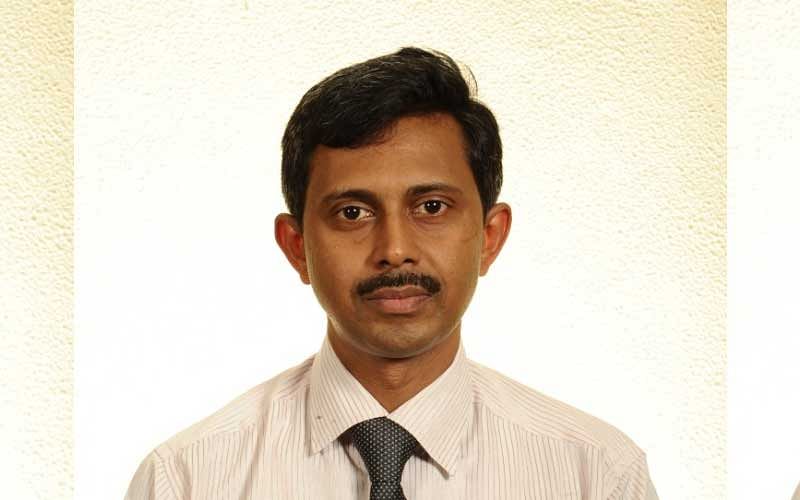
Dr G Arun Kumar, a professor at Manipal Academy of Higher Education in Manipal, who was the first to identify the outbreak of rare Nipah virus infection.
Dr Kumar, HoD, Virology, identified the rare virus in the samples of the patient who died of viral encephalitis in Kozhikode, Kerala. He then sent the samples to National Institute of Virology for confirmation. The Pune-based institute confirmed that it was Nipah virus which claimed Kozhikode man's life.
Dr Arun said, the source of infection of Nipah virus is yet to be ascertained as Kerala government is investigating the cause of death of four persons in a family. “The brothers from Kozhikode were the first two victims of the infection and it was only with the blood sample of the 2nd victim, the virus was identified,” he added.
He said the brothers from the middle-class family had visited a taluk hospital first from where the infection could have spread. Since the cause and the nature of the infection were not known then, the health workers have also been exposed to the deadly virus.
He said Nipah virus is not present in all bats although they are the source of infection. “Known sources of the Nipah virus from previous experience and reports say that some bats carry the virus and can infect the pigs. If any person has come in close proximity to the infected bats or pigs and have consumed fruits eaten by bats, the virus can be contracted. Among humans, a safe one-metre distance has to be maintained from the infected person with proper protective gears,” he cautioned.
Dr Kumar said people have died of Nipah virus infections which causes encephalitis that affects the brain. Many people have died when the virus outbreak was reported in Malaysia, Singapore and Bangladesh. In India, it was first identified in Siliguri, West Bengal. “It normally happens during the breeding season of the bats from December to May. Since bats make fruit farms as their home, it is most likely that the bats would have eaten the fruits or have left the saliva or droppings on them,” he added.